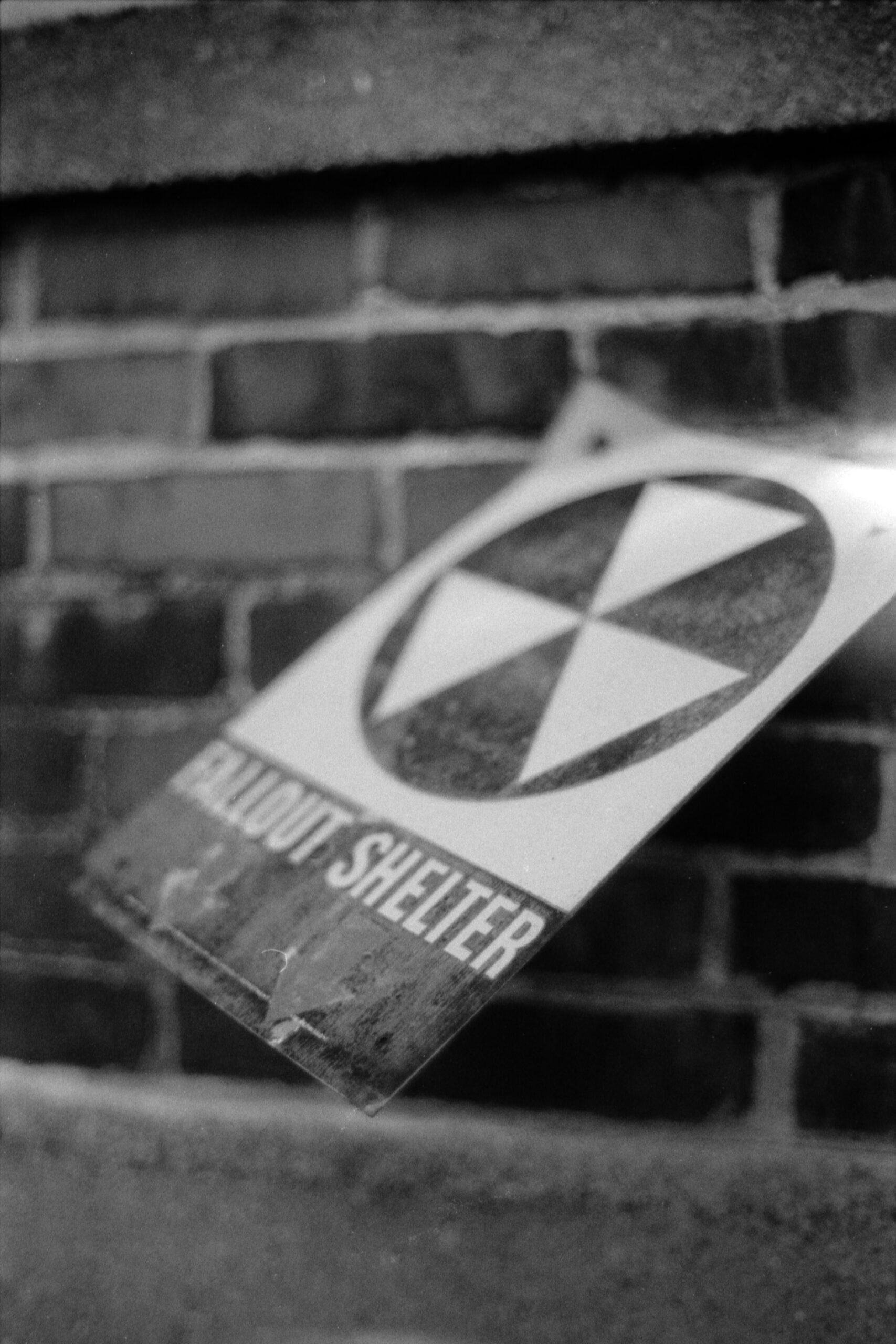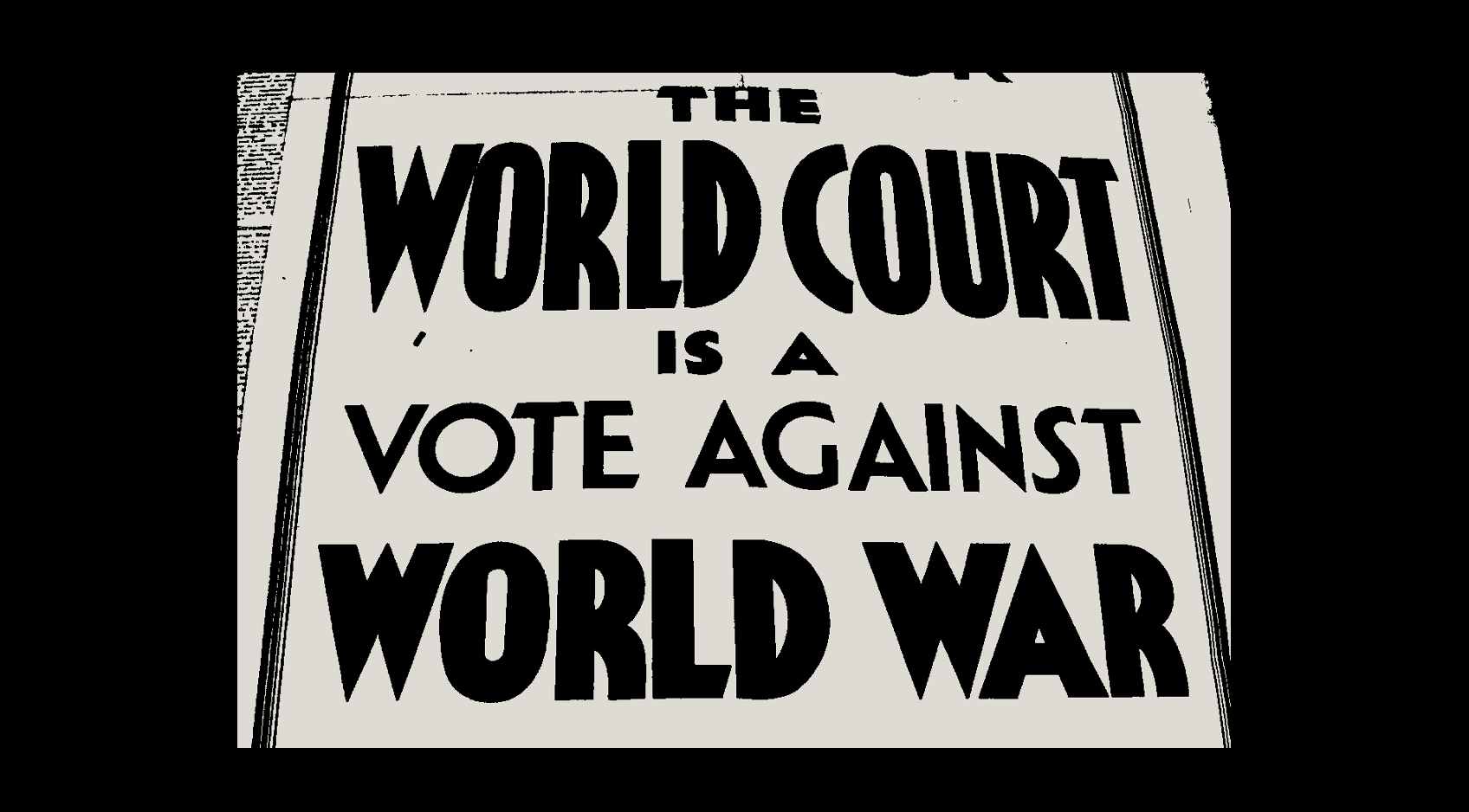Amid the controversies around Israel’s conduct in Gaza, one has gained little comment: how Israel acquired its nuclear weapons and how it contributed to nuclear weapons proliferation. This silence was especially notable in the diplomatic furore sparked last week, when the mayor of Nagasaki, Shiro Suzuki, failed to invite Israel’s ambassador to Japan to the city’s peace day, which commemorates the destruction of the city on August 9, 1945, by America’s second atomic bomb. Neither was it highlighted when a government minister, Amihai Eliyahu, suggested that Israel should drop an atomic bomb on Gaza. (Eliyahu was suspended but not dismissed by Prime Minister Benjamin Netanyahu and later repeated his call.)
Israel got nuclear weapons illicitly, including by spying on its supposed allies, but with the consent of key western governments. Its nuclear program remains secret and unmonitored. That is a simmering scandal that has, among other things, deepened Iranian and Arab distrust.
Israel spread its nuclear technology illicitly, making a secret deal with Apartheid South Africa. If that were not shameful enough, in doing so it embraced a regime led by men who had openly supported Nazi Germany and were running their country by enshrining racism in law.
To this day, far too little is public about the Israel-South Africa arms deal.
Sasha Pulakow-Suransky’s book, The Unspoken Alliance: Israel’s Secret Relationship with Apartheid South Africa opens with a vignette from April 9, 1976.
Johannes Vorster, Apartheid era prime minister of South Africa made a solemn visit to Jerusalem’s Yad Vashem Holocaust Memorial and laid a wreath in the colors of the South African flag—as it was then—in memory of the victims of the Shoah.
Some decades earlier, when the Nazis were implementing the Final Solution, Vorster had been unequivocally on the other side. He was a committed member of the Ossewa Brandwag, a militant racist Afrikaner organization. The group had advocated Nazi ideology, injecting anti-Semitism into an Afrikaner political culture that had not beforehand been noticeably hostile to Jews.
Pulakow-Suranksy writes:
The group’s leader, Hans van Rensburg, was an enthusiastic admirer of Adolf Hitler. In conversations with Nazi leaders in 1940, van Rensburg formally offered to provide the Third Reich with hundreds of thousands of men in order to stage a coup and bring an Axis-friendly government to power at the strategically vital southern tip of Africa. Lacking adequate arms supplies, van Rensburg’s men eventually abandoned their plans for regime change and settled for industrial sabotage, bombings, and bank robberies. South Africa’s British-aligned government considered the organization so dangerous that it imprisoned many of its members.
But Vorster was unapologetic and proudly compared his nation to Nazi Germany: “We stand for Christian Nationalism which is an ally of National Socialism … you can call such an anti-democratic system a dictatorship if you like,” he declared in 1943. “In Italy it is called Fascism, in Germany National Socialism, and in South Africa Christian Nationalism.”
Arthur Goldreich was one Israeli who was appalled at Vorster’s visit. He grew up in South Africa. As a secondary school student, Goldreich refused to learn German from a textbook required by his Afrikaner teacher, which included material from the Hitler Youth magazine. Goldreich fought for Israel’s independence in 1948 as a member of the Palmach, the military wing of the Jewish National Movement in Palestine. He later returned to South Africa where he became a member of Umkonto we Sizwe (MK), the military arm of the ANC. Goldreich’s farm in Rivonia was the location where the MK leaders held their secret meetings. He was arrested along with Nelson Mandela, imprisoned and faced trial. As a White prisoner, Goldreich was held separately, and was able to bribe a guard and escape, making his way to Israel.
When Vorster visited Jerusalem, Goldreich staged a protest. He put up flyposters with Vorster’s name next to a swastika. Another Israeli—a Holocaust survivor—approached Goldreich, spat on one of the posters, and said, ‘We will make agreements with the devil to save Jews from persecution and to secure the future of this state.’
The Israeli government’s satanic bargain included a nuclear weapons deal and supplying other lethal technologies.
Vorster wanted to acquire high-tech weapons, including nuclear bombs and jet fighters, which it couldn’t buy because of international sanctions. Israel wanted money. South Africa’s purchases provided a vital revenue source to Israel, which became one of the main sanctions busters. Illicitly-shipped armaments were used by the Apartheid regime not only for internal repression but also for the destabilization of half a dozen African countries, where it carried out targeted assassinations against African liberation leaders whom it called ‘terrorists,’ and for its continued illegal occupation of Namibia.
Pulakow-Suransky’s book drew on South African archives newly made available by the ANC government in the 1990s, but Israel was unhappy about this secret history coming to light. Hennie van Vuuren, author of Apartheid, Guns and Money, diligently chased down every possible line of inquiry into how the Apartheid regime got its arms from around the world. That investigation required exceptional diligence and research skills, but even in this shadowy world, Israel occupied a special void all of its own. Van Vuuren found that most of his requests for access to information about Israel’s dealings were denied. An official in the foreign ministry’s archive told him that this was blowback from Pulakow-Suransky’s revelations: ‘there was hell to pay for that.’
Much of this story of Israel’s ‘agreement with the devil’ is still secret. Now would be a good time for sunlight, the best disinfectant, to shine into this dark corner.

